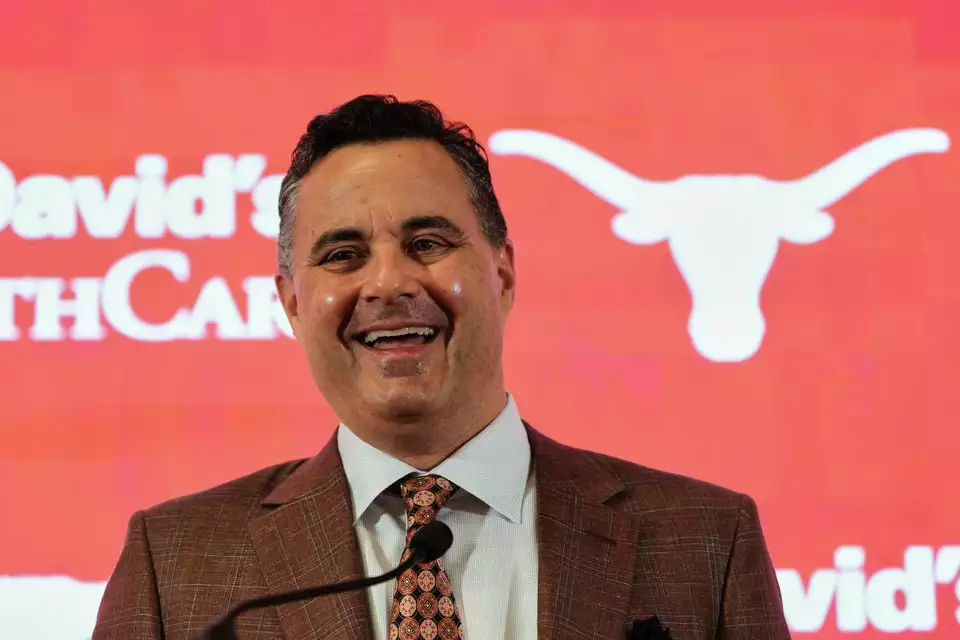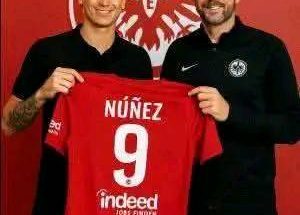In the ever-evolving world of college athletics, few landscapes are changing as rapidly—and as chaotically—as NCAA baseball. Between the high-stakes coaching contracts, quirky off-field moments, and long-term questions about the structure and support for the sport at the collegiate level, fans and insiders alike are constantly reassessing where things stand and where they’re headed. Two figures at the heart of this shifting scene are Xavier head coach Sean Miller—more often associated with basketball but now an emblem of coaching compensation trends—and Texas A&M baseball coach Jim Schlossnagle, whose T-shirt collection has recently gone viral and underscores the changing culture around the game. Together, their stories provide insight into the broader currents shaping NCAA baseball’s future.
Sean Miller’s name might seem like an odd inclusion in a conversation about college baseball at first glance. After all, he’s a veteran college basketball coach currently in his second stint with Xavier, having also led Arizona for over a decade. But it’s precisely Miller’s presence—and his hefty contract—that has ignited a broader conversation around coaching salaries, even in sports like baseball that don’t generate the same revenue or fanfare as football and basketball.
Miller signed a six-year, $20 million deal with Xavier in 2022, including annual incentives that could push his total compensation even higher. The structure of his contract reflects a nationwide trend: athletic departments are willing to shell out major dollars to secure top coaching talent. While this model is common in basketball and football, it’s starting to creep into baseball, particularly in powerhouse programs with top-tier facilities and resources. Coaches like Schlossnagle are now receiving similar treatment—big deals, long commitments, and escalating expectations.
At Texas A&M, Schlossnagle is already considered one of the highest-paid coaches in college baseball. Since arriving in College Station in 2021 from TCU, where he led the Horned Frogs to five College World Series appearances, Schlossnagle has revitalized the Aggie program. His contract reportedly includes a base salary north of $1.3 million annually, plus performance-based incentives. This figure would have been nearly unthinkable just a decade ago for a college baseball coach. It’s indicative of a larger commitment from schools in the SEC, ACC, and Big 12 to treat baseball like a revenue sport—even if the numbers don’t yet justify that label.
But Schlossnagle’s recent claim to internet fame had little to do with dollar signs. Instead, it came from a series of lighthearted postgame appearances wearing custom T-shirts with tongue-in-cheek slogans, references to inside jokes with players, and the occasional not-so-subtle jab at rivals. One shirt, emblazoned with “Pitchers Field BP Too,” took a playful shot at the long-running debate over pitching staff workload in practice. Another read “We Don’t Bunt,” a wink at the Aggies’ power-heavy offensive approach.
The shirts have become a phenomenon—not just among fans, but among rival fanbases and even opposing players. Schlossnagle has embraced the spotlight, telling reporters that the shirts are “a way to let the guys know we’re not just grinding for results—we’re enjoying the ride, too.” But make no mistake: beneath the humor lies a serious edge. In a sport as tradition-bound as college baseball, Schlossnagle’s approach signals a cultural shift toward branding, player empowerment, and coach accessibility. It’s part of a broader movement in college sports, where viral moments, NIL deals, and personality-driven media content are becoming just as important as wins and losses in shaping a program’s identity.
That evolution couldn’t come at a more critical time for NCAA baseball. Despite steady growth in participation, media coverage, and fan interest—especially during the College World Series—college baseball remains a second-tier sport in terms of financial support and exposure. Television deals are fragmented, scheduling is inconsistent, and Title IX compliance still complicates scholarship allocations. Most programs operate at a financial loss, even those with large fanbases and elite records.
Additionally, NCAA rules restrict baseball programs to just 11.7 scholarships for a roster that often includes 30 or more players. This forces coaches into difficult decisions and creates inequity between schools that can supplement scholarships with institutional aid or creative NIL funding and those that can’t. The result? An increasingly stratified system where only a handful of programs have a realistic shot at competing for national titles year in and year out.
The rise of the transfer portal and NIL opportunities has only widened this gap. Players are increasingly willing to change schools in search of more playing time, better coaching, or financial incentives. Programs with strong branding and deep-pocketed boosters now have the upper hand in recruiting, development, and retention. While this has helped elevate the sport’s visibility, it has also raised concerns about sustainability and fairness—particularly for mid-major programs struggling to keep up.
Coaches like Schlossnagle are caught in the middle. On the one hand, they’re expected to win immediately, retain talent, and generate buzz. On the other, they’re navigating a regulatory environment that hasn’t fully adjusted to the realities of modern college athletics. Schlossnagle has spoken openly about the need for reforms, particularly around scholarship limits. “It’s not a level playing field right now,” he said in a recent interview. “We’re asking coaches to build championship programs with one hand tied behind our backs. That needs to change if we want college baseball to keep growing.”
Meanwhile, administrators are trying to determine where baseball fits in the long-term financial outlook of athletic departments. With media rights deals ballooning for football and basketball, schools are left asking whether they can—or should—invest similar resources in baseball. Some already have: Arkansas, LSU, Mississippi State, and Vanderbilt are pouring millions into facilities, recruiting, and staffing. Others are pulling back, redirecting funds toward sports with more guaranteed returns.
So what’s the future of NCAA baseball?
It likely lies somewhere between the old guard and the new age. The traditionalists want to preserve the purity of the game: small-ball tactics, tight-knit rosters, and intimate ballparks. The progressives see a sport on the cusp of something bigger: a professionalized pipeline with major branding potential and real revenue upside if handled properly. The truth is, both visions can coexist—but only with intentional reform. That means rethinking scholarship limits, creating more equitable NIL frameworks, expanding postseason access, and investing in marketing and media exposure.
In the meantime, figures like Sean Miller—who represent the new economy of college coaching—and Jim Schlossnagle—who blends coaching acumen with personality and cultural savvy—are shaping the conversation, even if they operate in different arenas. Together, their stories remind us that college sports are no longer siloed. Success in one sport influences expectations in another. Coaches are brand ambassadors as much as they are tacticians. And the most successful programs are the ones that embrace the chaos, lean into innovation, and, yes, maybe even wear a funny T-shirt or two along the way.
As the 2025 college baseball season unfolds, all eyes will be on the diamond—but just as many will be watching what happens off it. Because in today’s NCAA, that’s where the real game is being played.



